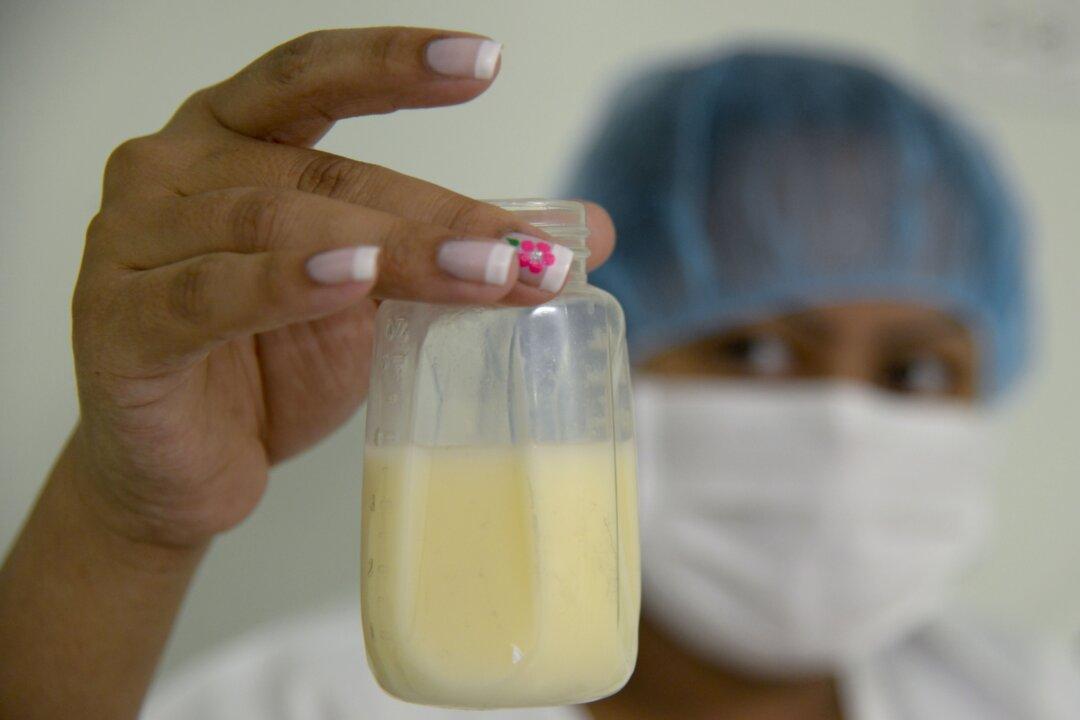Breast milk is known for having a number of remarkable qualities, including boosting immunity in infants. Scientists in the U.K. have now isolated a protein in breast milk that can be turned into an antimicrobial virus capable of fighting superbugs.
Researchers at the British National Physical Laboratory (NPL) re-engineered the protein, lactoferrin, into an “artificial virus” that can target harmful bacteria. The lactoferrin molecules form capsules that can surround and kill the bacteria by drilling holes in their cell membranes.
“To monitor the activity of the capsules in real time we developed a high-speed measurement platform using atomic force microscopy,” Hasan Alkasse, a student at NPL, said in a statement. “The result was striking: the capsules acted as projectiles porating the membranes with bullet speed and efficiency.”
The overuse of antibiotics has bred bacteria that are resistant to many “last resort” pharmaceuticals, putting pressure on scientists to invent new antibiotics before an epidemic of impervious bacteria emerges.





